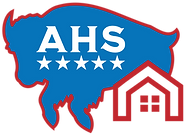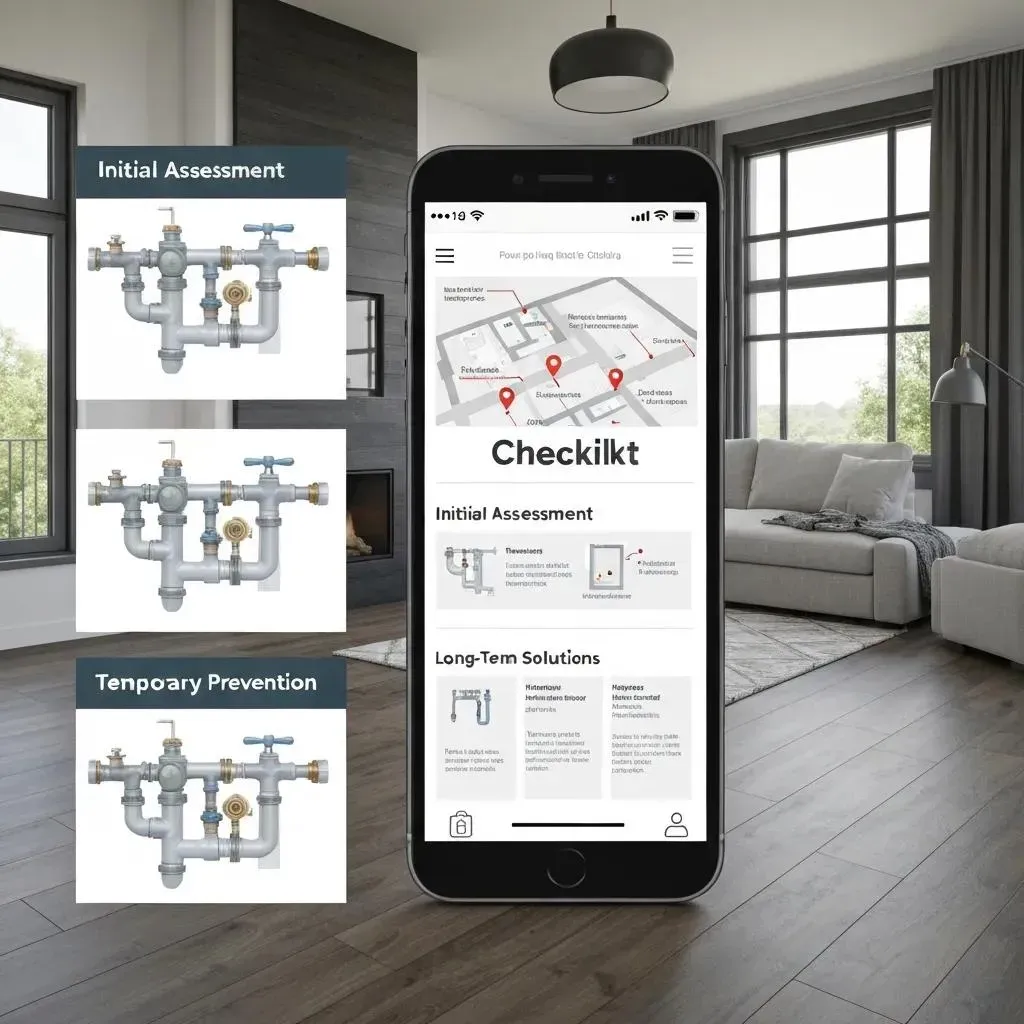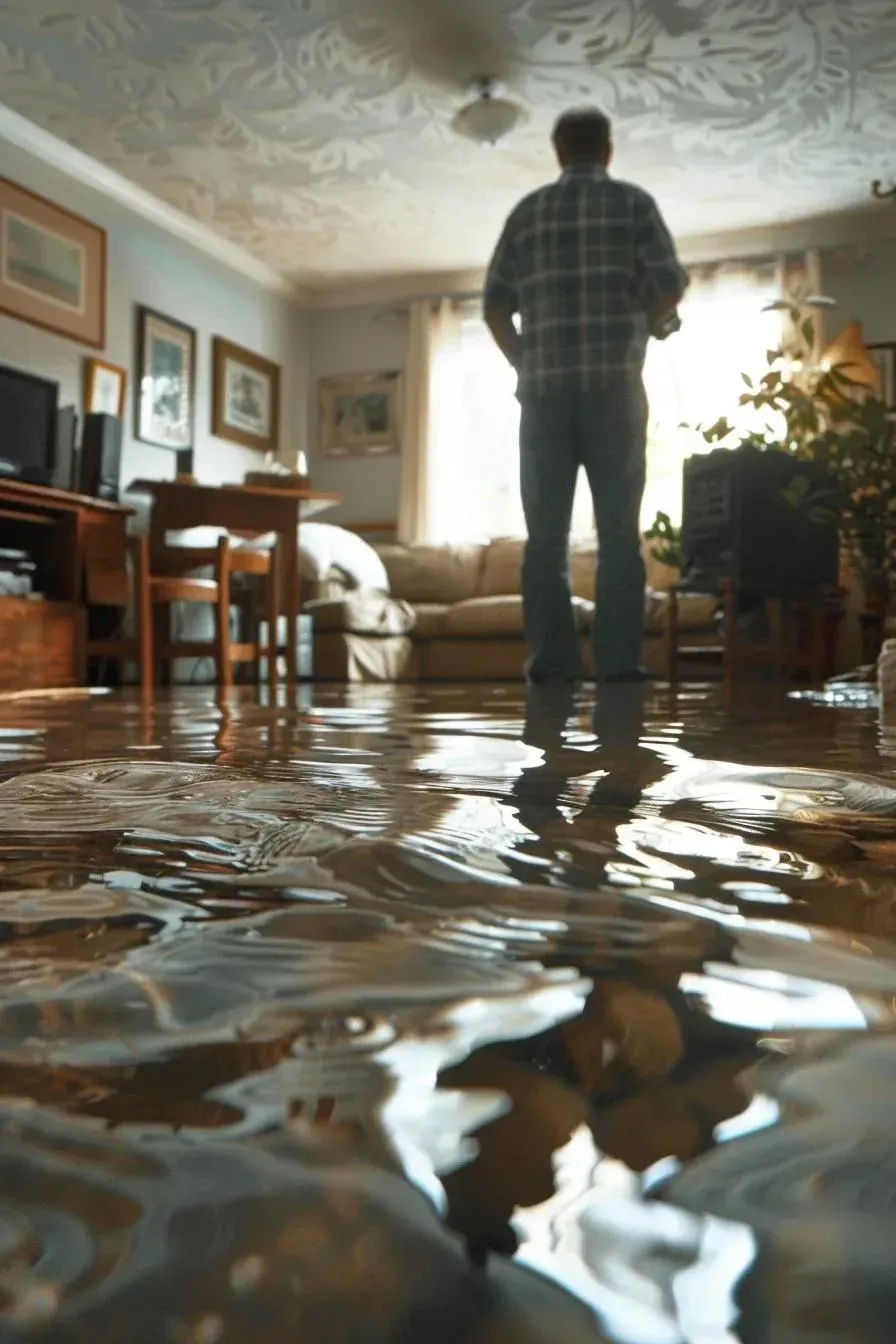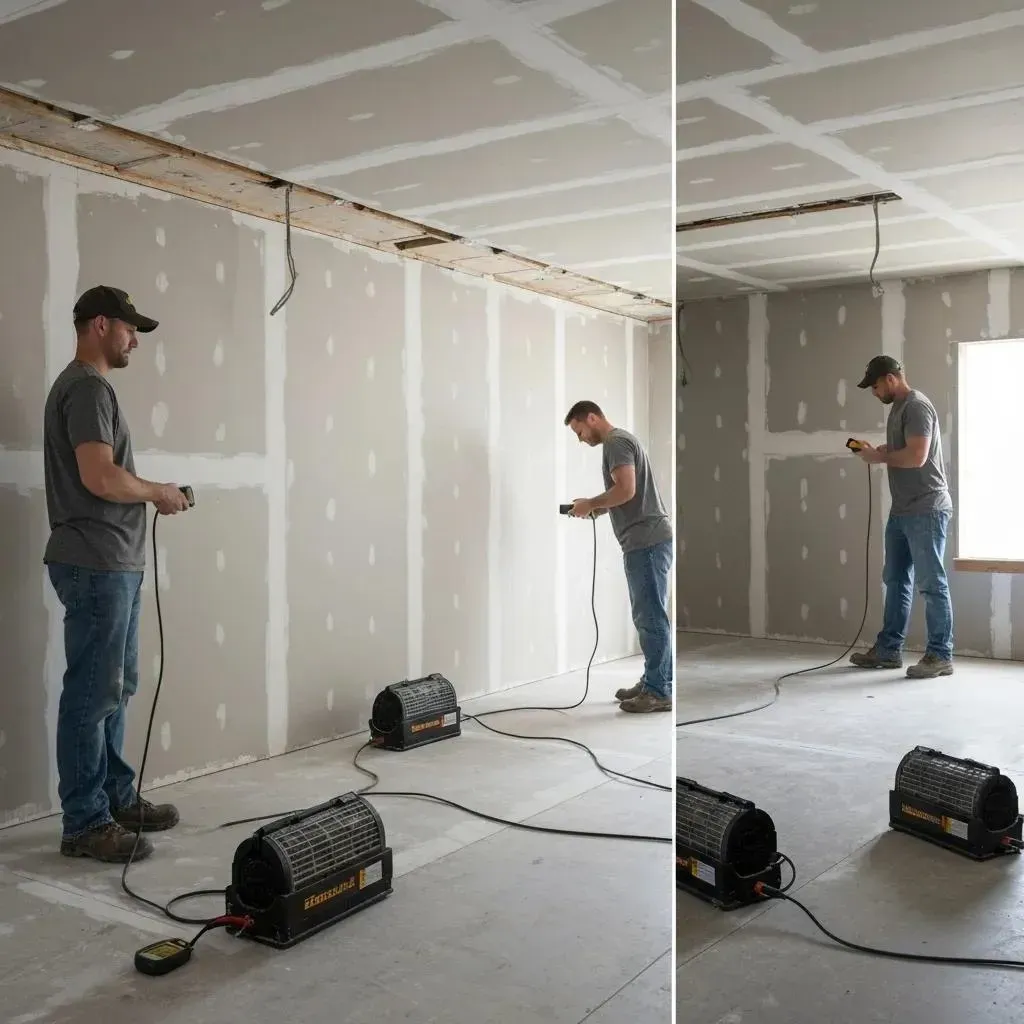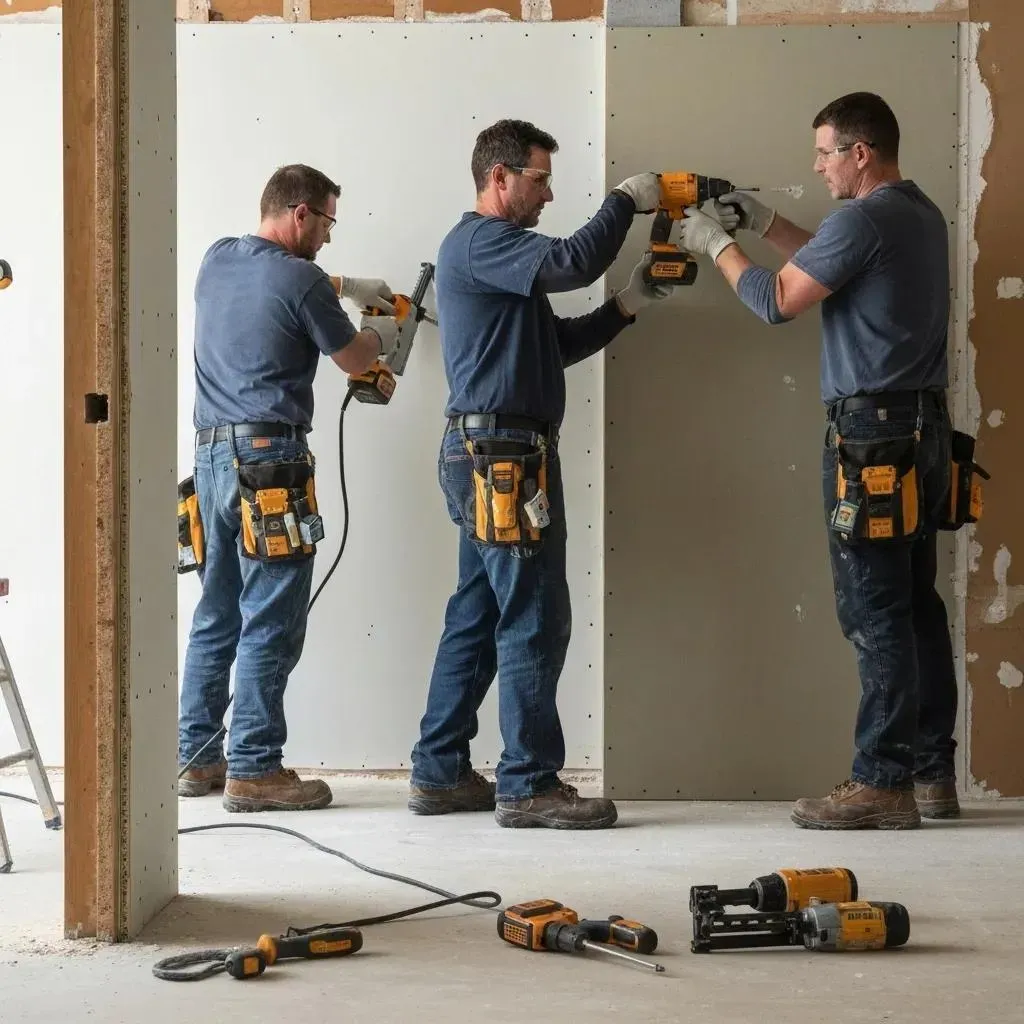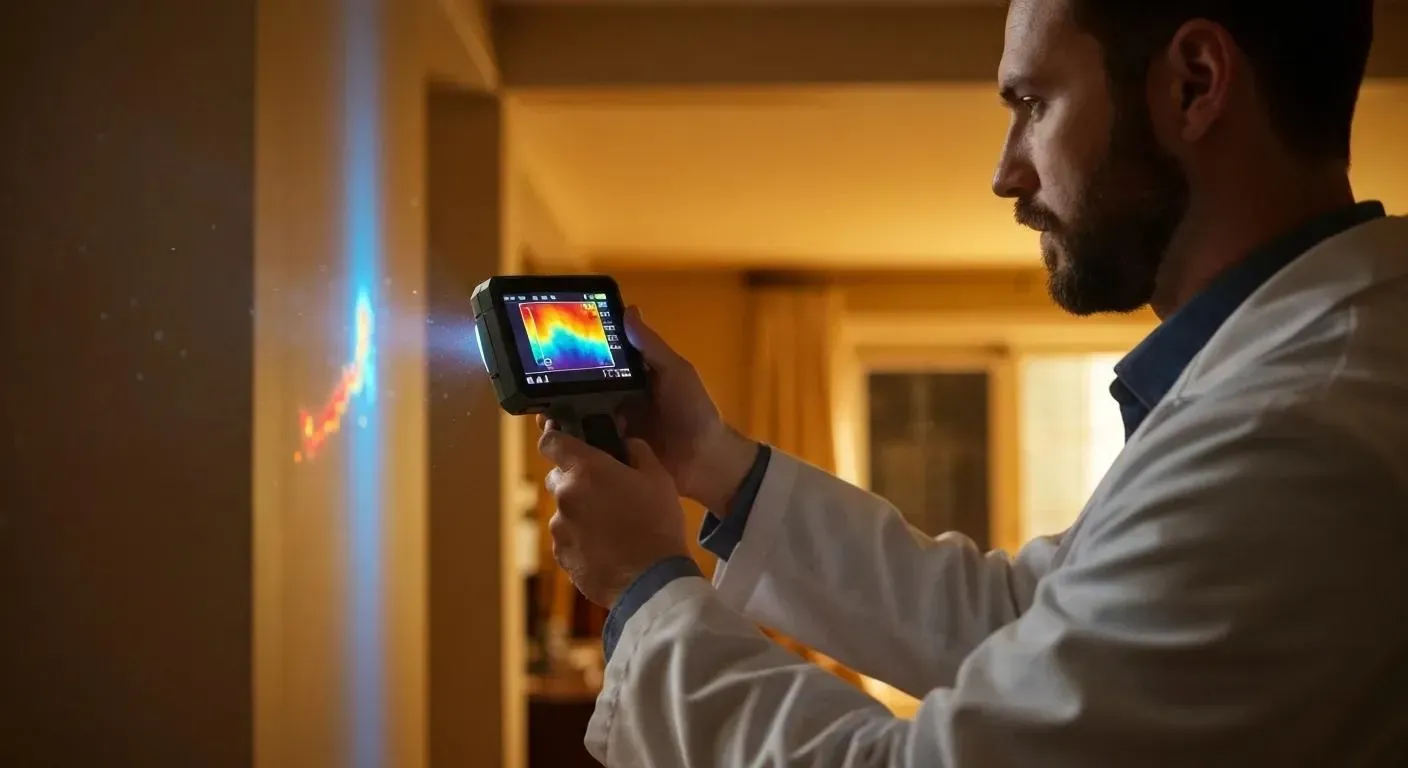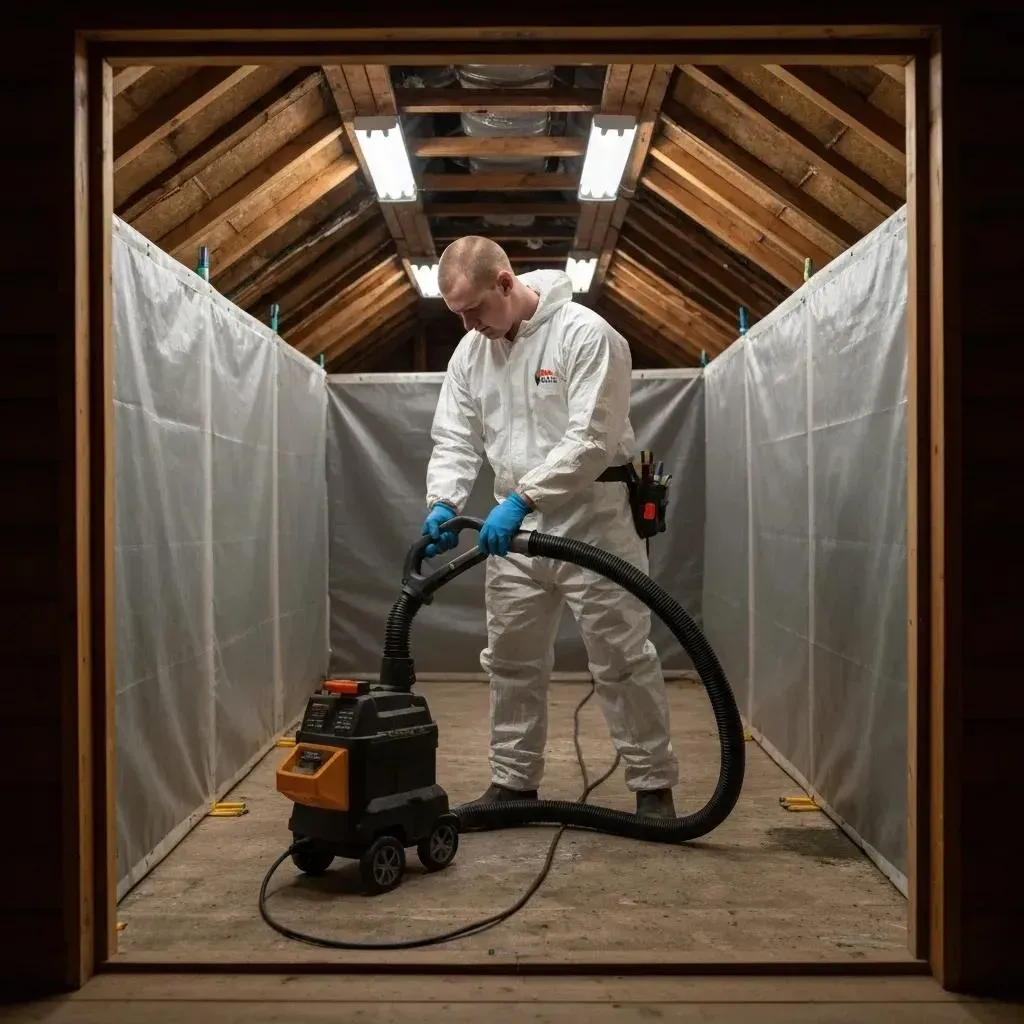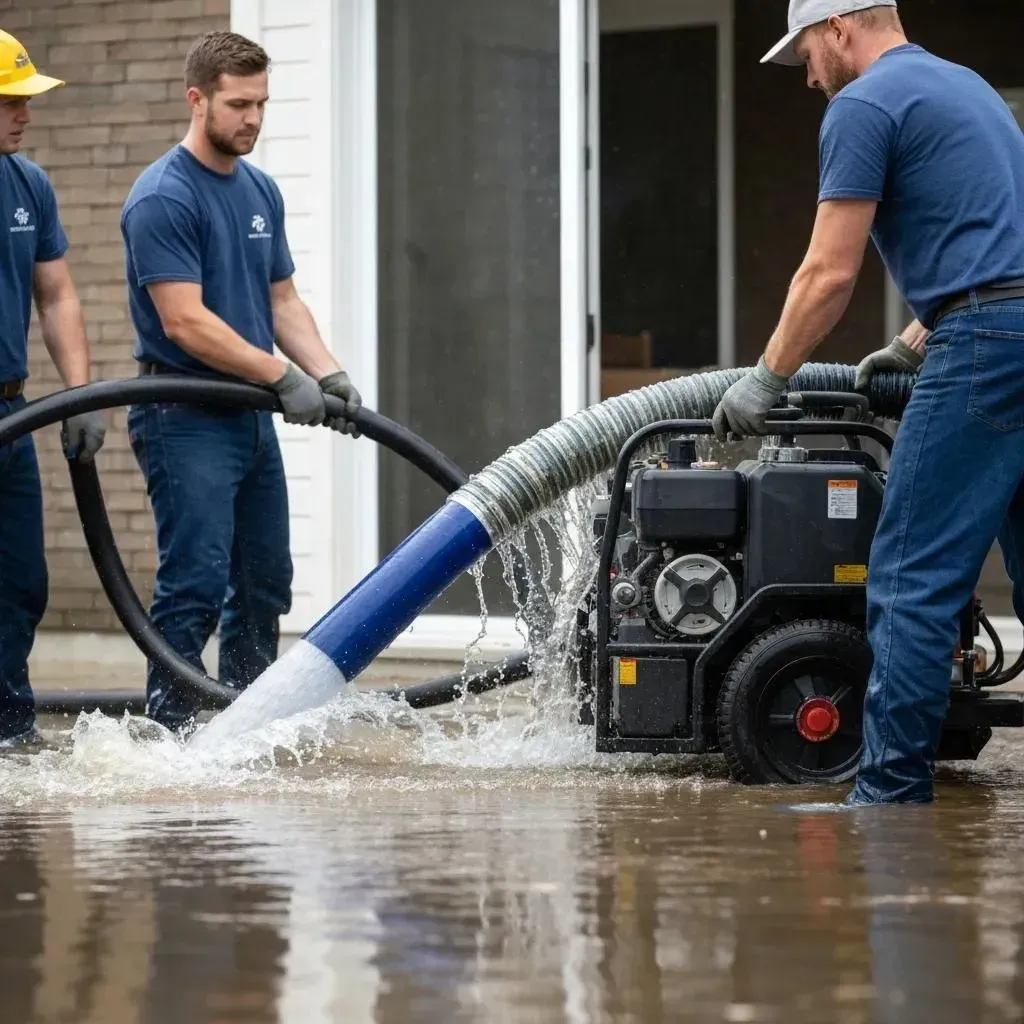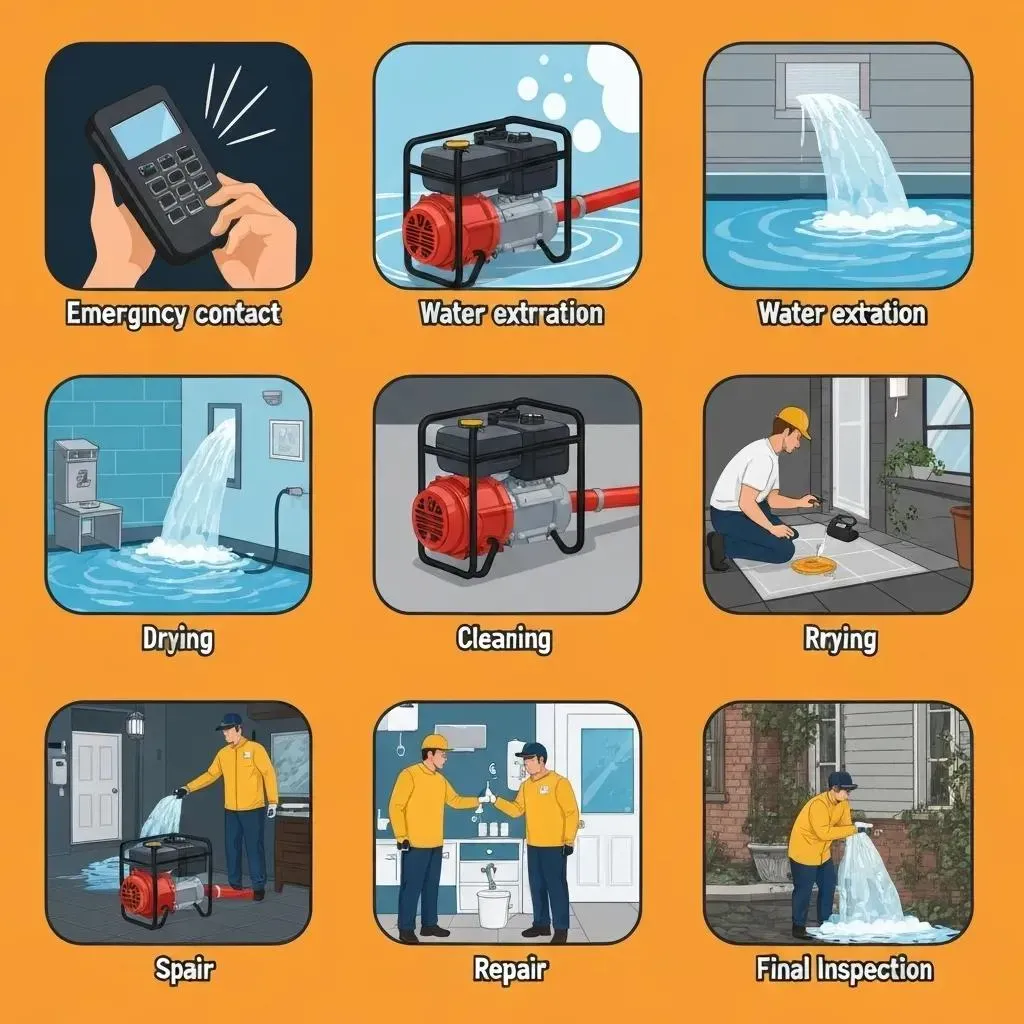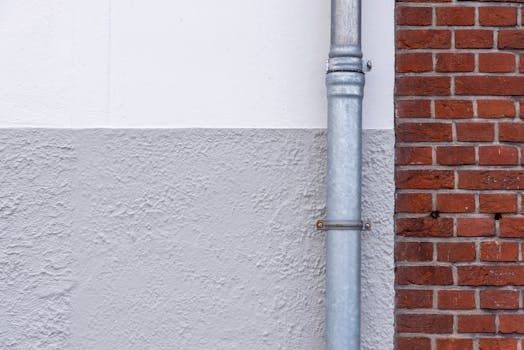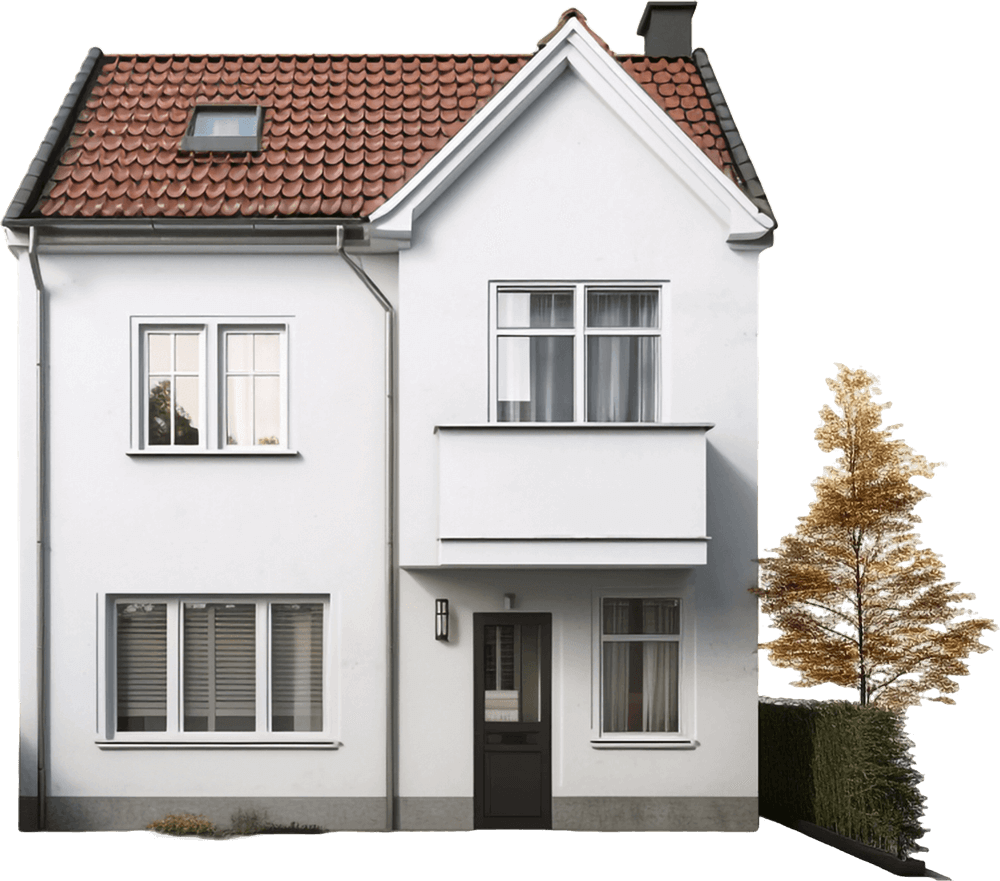Blog
Navigating Fire & Water Damage Restoration: A Denver Homeowner's Guide to Process and Safety
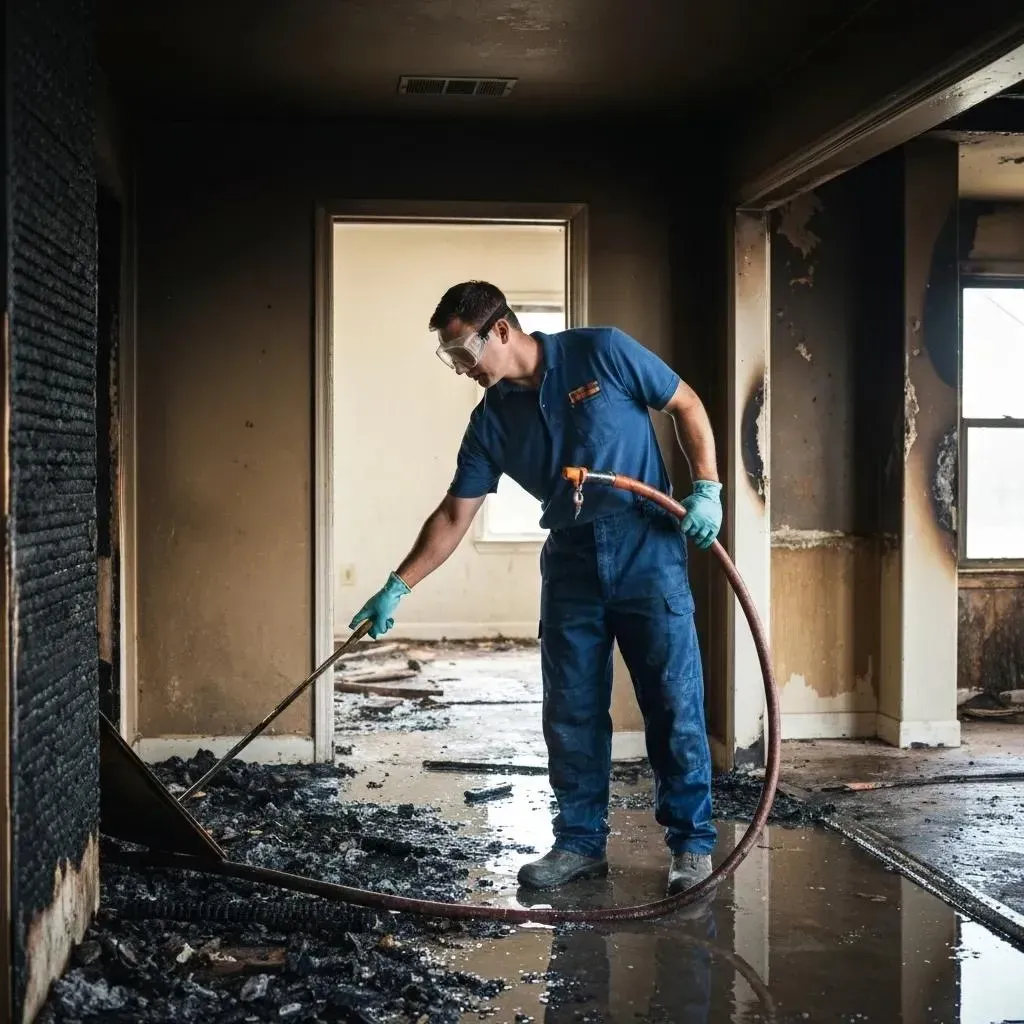
Bringing your Denver home back to normal after a fire or flood requires a clear plan and unwavering attention to safety for everyone involved. This guide walks you through the essential steps, from immediate actions and detailed restoration procedures to crucial safety practices, navigating insurance, and why Accountable Home Services is your go-to for urgent help in the Denver Metro Area. You'll gain insights into spotting dangers, effective mitigation, preventing further damage, and getting the professional help you need, fast.
What Are the First Steps to Take After Fire or Water Damage?
When disaster strikes, acting quickly is key to saving as much of your home and belongings as possible. Smart mitigation efforts minimize further loss and set the stage for a complete recovery.
How Do You Safely Assess Fire and Water Damage?
Start by looking for obvious dangers like burnt structural elements, soaked insulation, or exposed electrical wires. Use specialized tools like moisture meters for water issues and thermal imaging for hidden heat zones in fire-damaged areas. This initial assessment helps define the scope of restoration while ensuring that hazardous zones are clearly marked and off-limits until our certified technicians can secure and stabilize them.
When Is It Time to Call for Emergency Restoration Services?
You should contact professionals as soon as you notice any damage. Water left standing for more than 24–48 hours can quickly lead to mold growth, and residual heat from a fire can pose a re-ignition risk. Calling for emergency restoration services right away stops these threats in their tracks. Accountable Home Services is available 24/7 to start water extraction, contain soot, and stabilize your home without delay.
What Immediate Safety Precautions Should Homeowners Follow?
Once you've confirmed the structure is stable, take these steps:
- Cut off utilities at the main breaker to prevent electrical hazards in damp or heat-affected areas.
- Ventilate the affected areas by opening windows and using fans to clear smoke particles and excess moisture.
- Use basic protective gear—like gloves, safety glasses, and an N95 mask—to minimize exposure to soot, mold spores, and contaminated water.
What Is the Step-by-Step Process for Fire Damage Restoration?
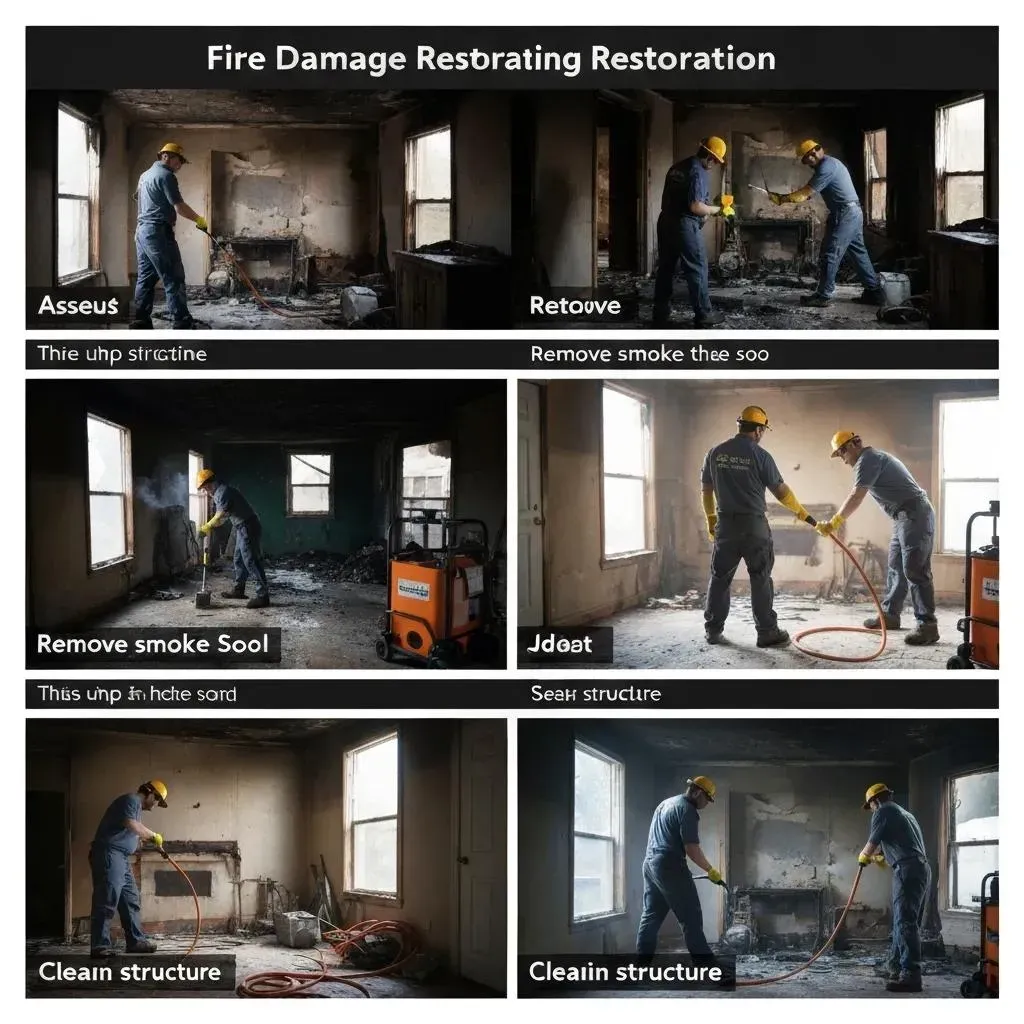
Restoring a home after a fire involves a careful blend of cleaning, odor removal, and rebuilding to make the space safe and livable once more.
The Fire Damage Restoration Journey
The fire damage restoration process involves a thorough assessment, meticulous removal of smoke and soot, effective odor neutralization, and comprehensive cleaning and repair to ensure the property is safe and habitable.
This resource provides a clear breakdown of the essential stages in fire damage restoration, crucial for bringing a property back to its pre-loss condition.
How Is Fire Damage Assessed and Documented?
Our professional fire damage assessment includes a detailed inspection of burnt materials, measurement of heat-affected zones, and a thorough inventory of damaged personal items. Our technicians will photograph all damage, list items that can be salvaged, and prepare a comprehensive report for your insurance company. This detailed documentation ensures clear communication and helps speed up the claims process.
What Are the Most Effective Methods for Smoke and Soot Cleanup?
We tackle smoke residue and soot using a combination of dry and wet cleaning methods, advanced air filtration, and specialized sealing techniques:
| Surface Type | Cleaning Method | Key Benefit |
|---|---|---|
| Hard Surfaces | HEPA vacuuming followed by damp wiping | Captures 99.97% of fine particles |
| Porous Materials | Dry ice or soda blasting | Gently cleans deep into materials without causing damage |
| Airborne Particles | Air scrubbers equipped with HEPA filters | Traps microscopic soot particles from the air |
How Do You Effectively Eliminate Fire Odors?
We use advanced equipment like ozone generators and hydroxyl machines to break down odor-causing molecules at their source, eliminating smoke smells from within walls and ventilation systems. Thermal fogging disperses specialized deodorizers that neutralize odor particles, transforming them into odorless compounds. These methods work together to restore fresh air quality, not just mask the smell.
What Does Structural Cleaning and Repair Entail After Fire Damage?
The structural restoration process typically involves three main phases:
- Careful demolition of drywall, insulation, and framing that cannot be salvaged.
- Thorough cleaning of remaining structural elements using solutions like trisodium phosphate to remove all residues.
- Reconstruction, including installing new insulation, hanging drywall, and applying fresh paint.
What Is the Water Damage Restoration Process and Timeline?
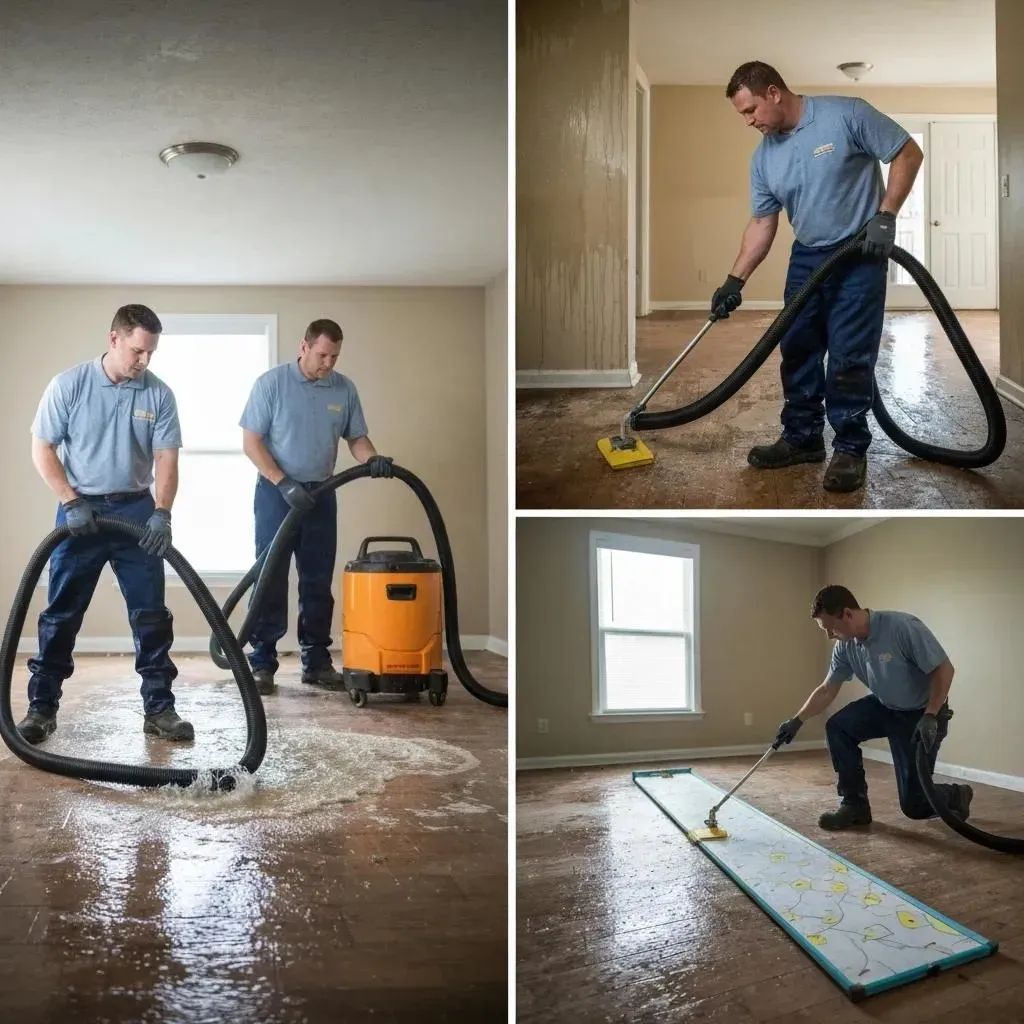
Water damage restoration is a race against time to prevent mold, structural compromise, and health risks, following a precise sequence of water removal, drying, cleaning, and ongoing monitoring.
The Water Damage Restoration Sequence
Water damage restoration involves a systematic approach, starting with inspection, followed by water extraction, thorough drying and dehumidification, meticulous cleaning and sanitization, and finally, reconstruction if needed, to return the property to its original condition.
This guide offers a detailed look at the water damage restoration process, which is vital for understanding the steps involved in recovering your property.
How Are Water Extraction and Moisture Mapping Conducted?
We use powerful submersible pumps and industrial vacuums to remove standing water. Following extraction, our technicians employ infrared cameras and hygrometers for moisture mapping, pinpointing hidden saturation within walls and floors. Identifying these damp areas allows for targeted drying efforts, minimizing unnecessary demolition.
Why Are Drying and Dehumidification Crucial for Mold Prevention?
Effective drying and dehumidification are essential to stop mold growth, which can begin within 24–48 hours. By reducing humidity levels to below 45%, we create an environment where mold cannot thrive. Industrial dehumidifiers and high-velocity air movers work together to speed up evaporation, safeguarding your home's structure and maintaining healthy indoor air quality.
How Are Contaminated Materials Cleaned and Sanitized?
Items exposed to contaminated water are treated in a three-step process: removal of unsalvageable materials, application of EPA-approved sanitizers to salvageable surfaces, and controlled drying. Non-porous items are disinfected with antimicrobial solutions, while structural components are treated with sealants that inhibit future mold growth.
What Are the Essential Safety Basics During Fire and Water Damage Restoration?
Maintaining strict safety protocols is paramount to protect homeowners, our restoration team, and future occupants from the inherent risks involved in restoration work.
What Personal Protective Equipment (PPE) Is Required?
Our restoration projects require a comprehensive set of PPE to ensure safety and prevent exposure:
| Type of PPE | Its Purpose | Recommended Standard |
|---|---|---|
| Respirator (N95 or P100) | Filters out smoke particles and mold spores | NIOSH-approved |
| Protective Gloves | Shields skin from chemicals and contaminants | Nitrile or other chemical-resistant materials |
| Safety Goggles | Protects eyes from debris and chemical splashes | ANSI Z87.1 compliant |
| Hard Hat | Protects against falling debris | OSHA Class E |
| Steel-toe Boots | Protects feet from punctures and electrical hazards | ASTM F2413 compliant |
Safety Protocols in Fire Damage Restoration
Fire damage restoration demands a strong focus on health and safety, addressing risks from smoke and soot contamination, managing structural hazards, and ensuring the correct use of personal protective equipment (PPE) to minimize health risks.
This source underscores the critical safety measures needed during fire damage restoration, reinforcing the importance of safety in our approach.
How Are Electrical and Structural Hazards Identified and Managed?
Before any restoration work begins, our technicians meticulously inspect all wiring, electrical panels, and load-bearing structures. We implement lockout/tagout procedures to secure electrical circuits and use engineered shoring to support weakened areas. Identifying and addressing these risks prevents further damage, electrical shocks, and potential structural collapse during the cleanup process.
How Can Secondary Damage Like Mold and Air Quality Issues Be Prevented?
We employ proactive measures to prevent further issues:
- Constant monitoring of moisture levels within walls and subfloors to quickly identify any new leaks.
- Air quality testing using particle counters before and after restoration to confirm all contaminants have been removed.
- Application of specialized inhibitors to framing and crawl spaces to prevent future mold growth.
How Can Homeowners Navigate Insurance Claims for Fire and Water Damage?
Successfully navigating your property insurance claim involves detailed documentation, clear communication with your adjuster, and a solid understanding of your policy's coverage.
What Documentation Is Necessary for Insurance Claims?
Homeowners should prepare the following:
- Comprehensive photographic evidence of all damage, captured from multiple angles.
- A detailed inventory of damaged personal property, including estimated replacement values for each item.
- Restoration estimates from qualified professionals, clearly outlining the scope of work and associated costs.
How Can You Work Effectively with Insurance Adjusters?
Foster an open and transparent relationship by sharing your detailed damage report and estimates promptly. We recommend scheduling on-site inspections with your adjuster, pointing out any hidden damage revealed through moisture mapping or thermal imaging. Consistent communication and thorough documentation build trust and help prevent claim denials.
Is Smoke Damage Typically Covered by Homeowner’s Insurance?
Most homeowner's insurance policies cover sudden and accidental smoke damage. However, coverage for gradual damage or pre-existing conditions may vary. Providing thorough documentation and professional fire damage reports strengthens your claim and helps clarify policy limits, ensuring you receive the compensation you're entitled to.
Understanding Fire Damage Insurance Claims
Homeowner's insurance generally covers structural damage, smoke and soot damage, loss of personal property, and additional living expenses following a fire. It's crucial to document the damage meticulously and understand your policy details for a smooth claims process.
This source offers valuable insights into what homeowner's insurance typically covers after a fire, which is essential information for homeowners managing insurance claims.
Why Choose Accountable Home Services for Fire and Water Damage Restoration in Denver?
Accountable Home Services combines deep local knowledge, certified restoration specialists, and immediate 24/7 availability to provide complete restoration solutions for your Denver home.
What Certifications and Expertise Does Accountable Home Services Possess?
Our technicians are IICRC-certified in fire and water damage restoration, mold remediation, and even trauma scene cleanup. These certifications confirm our adherence to the highest industry standards for inspection, cleaning, and structural repair, ensuring every step of your restoration aligns with best practices and safety regulations.
The Value of IICRC Certification
The Institute of Inspection, Cleaning and Restoration Certification (IICRC) is a leading non-profit organization that establishes industry standards and offers certifications for professionals in cleaning and restoration, guaranteeing high-quality service.
This source explains the significance of IICRC certification in the restoration field, directly relevant to our team's qualifications.
How Does 24/7 Emergency Response Benefit Denver Homeowners?
When water or fire damage threatens your home, immediate action is critical. Our emergency teams are ready to deploy within minutes, securing your property to prevent further mold growth, soot spread, or structural damage. This rapid response minimizes disruption and costs, protecting both your family's health and your valuable investment.
How Can You Request a Free Estimate or Emergency Service?
To schedule a complimentary damage assessment or request immediate restoration assistance, please call Accountable Home Services at 720-555-0123. You can also visit Accountable Home Services - Denver's Trusted Restoration Experts to book online. Our responsive dispatch team ensures prompt arrival and provides clear, upfront estimates from the very beginning.
Frequently Asked Questions About Fire and Water Damage Restoration
Homeowners often inquire about project timelines, insurance complexities, effective odor removal, and the risks associated with delaying restoration. Here you'll find clear answers based on industry best practices.
What Is the Typical Timeline for Fire and Water Damage Restoration?
Restoration timelines vary based on the extent of the damage. Minor water extraction and drying projects usually take 3–5 days, while comprehensive fire restoration, including reconstruction, can range from 2–4 weeks. Accountable Home Services will provide a personalized timeline during our initial inspection, reflecting the specific scope of work required.
How Do You Eliminate Smoke Odor from a House After a Fire?
We effectively remove smoke odors using a combination of ozone treatment, hydroxyl purification, and thermal fogging with specialized deodorizing agents. These advanced methods neutralize odor molecules at their source, restoring a fresh, clean scent rather than just covering it up.
What Are the Risks of Untreated Water Damage?
Leaving water damage untreated can lead to significant problems, including mold growth within 24–48 hours, weakening of structural components like framing and floors, and increased health risks due to bacteria and allergens. Prompt water extraction and drying are crucial for preserving your home's integrity and maintaining healthy indoor air quality.
Recovering from fire or flood damage requires specialized knowledge, swift action, and strict adherence to safety protocols. By following a structured restoration process—from initial hazard assessment and emergency water removal to thorough cleaning, rebuilding, and navigating insurance—you can effectively protect your home and family. For Denver homeowners facing these challenges, Accountable Home Services offers certified, 24/7 emergency response, transparent communication, and comprehensive restoration services. Contact us today for a free estimate or immediate assistance, and let us help you restore your property with confidence and care.
